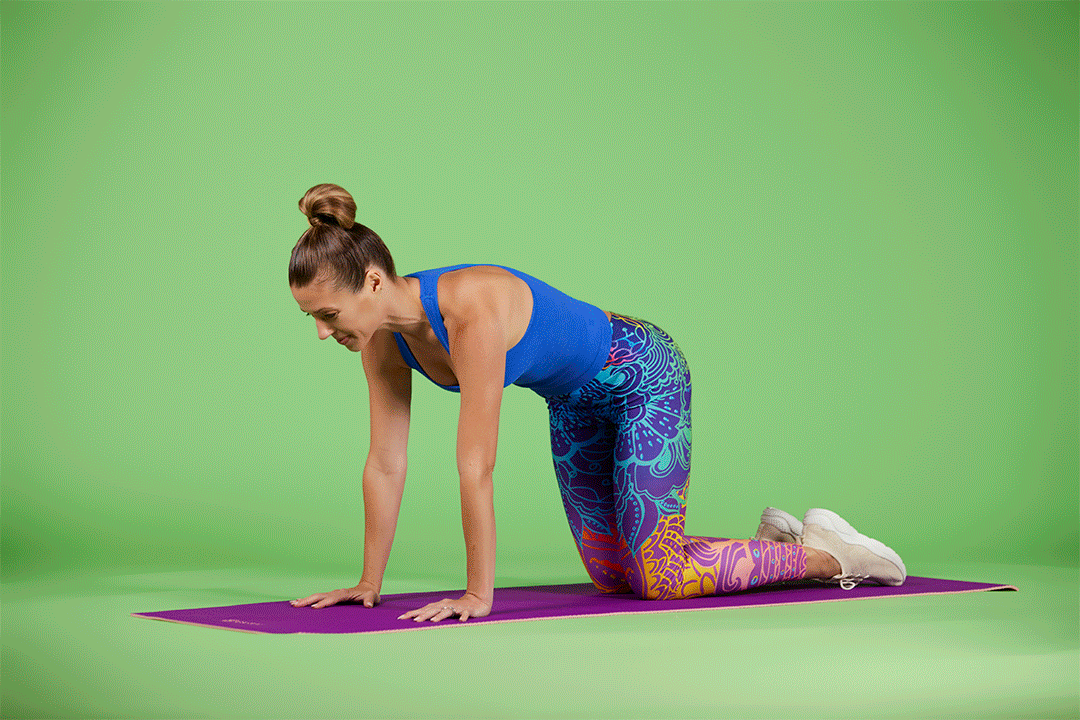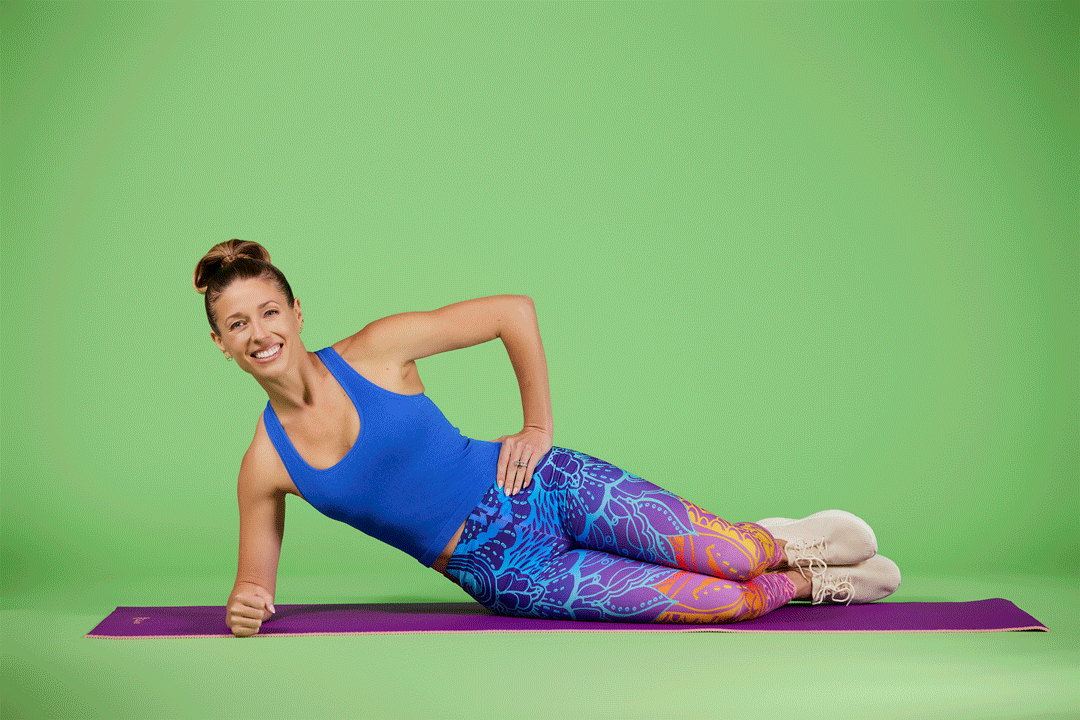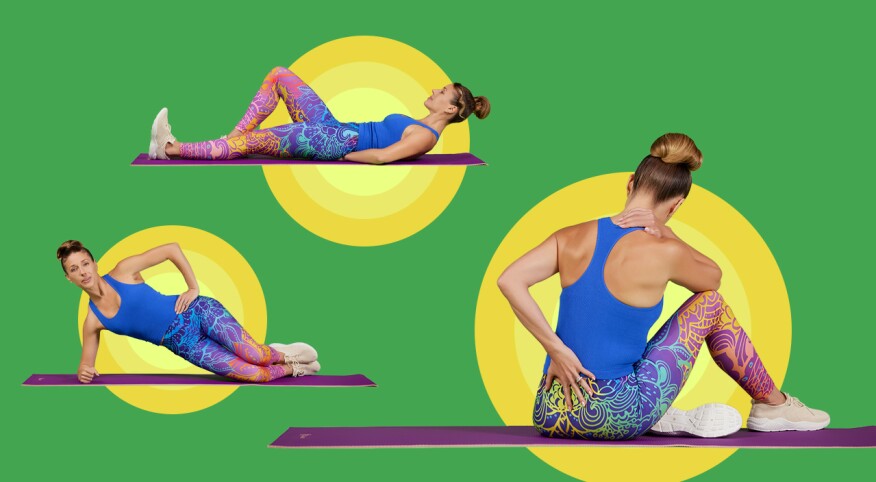Like any physical ailment, back pain can be equal parts painful and frustrating. No matter what causes your back pain, stretching can be an effective tool for relief. Of course, the type of stretch will vary from person to person, as back pain can come in many different forms. For instance, a stretch for someone with a disc herniation will be different for someone with a sprain and strain, says Dr. Christopher Anselmi, a chiropractor and the director of the Center for Spine Care + Mobility in New York.
Your age, fitness level and lifestyle also play a role in what stretch you should perform. “If you are an athlete or a young person who is fit, your treatment may differ compared to an older geriatric patient,” says Dr. Anselmi. “If you sit all day as opposed to work outside, your treatments will vary due to your lifestyle.”
Below, we talked with him to learn the potential causes of back pain and the three best and two worst exercises for it.
What causes back pain?
When discussing back pain, there are several factors at play. “First, there are short, tight muscles that are either in spasm or have become chronically tight due to inactivity,” says Dr. Anselmi. “These tissues need to be stretched or lengthened.” You can achieve this through various soft tissue techniques such as massage or even hot, moist heat.
With each tight muscle there is an opposing weak muscle, he explains. The goal is to strengthen the weak muscle while stretching the tight, short muscle. “This will give the patient the best chance for success and a return to their daily activities pain-free.”
One of the most common forms of back pain occurs in the neck and upper back. “Patients will present with pain in their neck and upper back from either sitting at the computer or staring at their phones for extended periods of time,” notes Dr. Anselmi. “More often, this would require both stretching as well as strengthening exercises to manage the lack of proper positioning of the neck and upper back.” He also explains that the head weighs as much as a bowling ball, which means that if it’s too far forward, it can place undue stress on the muscles of the neck and shoulder region.
Another common form of pain occurs in the lower back, often due to a traumatic injury such as a car accident or a slip and fall — or, it can be chronic with associated arthritis and degeneration, says Dr. Anselmi. “Because of the orientation of your lumbar spine bones, the soft tissues surrounding them are susceptible to injury, common ones being herniated discs, sprains and strains of the surrounding musculature, and ligament strains.”
3 best exercises for back pain
Once cleared for exercise, Dr. Anselmi recommends these three exercises, referred to as the “McGill Three,” noting that they are “the foundation of any program to spare the spine and build muscular fitness while maintaining stability and control.”
1. Modified Curl-Up
2. Bird-Dog
3. Side Bridge or Side Plank

Modified Curl-Up
This exercise is great for your anterior core muscles. Lie on your back with one leg straight and the other bent. Place your hands under the small of your back to create stability and a ‘neutral’ spine. Slightly raise your head off of the ground a few inches. Hold this position for 10 seconds. “The goal is to perform this modified curl-up without any movement in the lumbar spine,” says Dr. Anselmi. “What we are trying to accomplish is engaging the lower back muscles without curling your lumbar spine.”
You can perform this exercise in a series of 10 repetitions with a 10-second hold. If you find yourself losing your position or struggling to maintain form, you can reduce to five repetitions, adds Dr. Anselmi.

Bird-Dog
“One of the more difficult core stability exercises, this movement pattern focuses on the muscles of your glutes, lumbar paraspinals, shoulder activators, as well as your upper back,” says Dr. Anselmi.
To perform, place yourself in on all fours with your spine in a neutral position. Raise one arm straight forward while extending the opposite leg. Contract the muscles of your leg and arm, creating a brace-like feeling. This can be a difficult position to attain and may take some practice. If you find it too challenging, start by raising just one arm or extending just one leg.
You can perform this exercise for a series of 10 repetitions with a five-second hold at the top of the movement. If you find yourself losing your position or struggling to maintain form, reduce to five repetitions, says Dr. Anselmi.

Side Bridge or Side Plank
“This exercise is specific to your lateral core or oblique muscles as well as a large stabilizer called the quadratus lumborum,” says Dr. Anselmi. To perform, lie on your side with your legs bent to 90 degrees and your elbow just below your upper body for support. Raise your torso up and forward so it is parallel with your body, creating a straight line from your sternum through your belt buckle.
Hold this position for 10 seconds before returning back down. Perform 10 repetitions with a 10-second hold.
2 worst exercises for back pain
Some exercises can exacerbate back pain. Depending on your pain, you may want to avoid the following exercises.
1. Sit-ups
2. Toe Touches
Sit-ups
Performing a sit-up causes you to contract and pull specific muscles that anchor on and around your pelvis, says Dr. Anselmi, who says this exercise can be detrimental if you have an injury to your spine that exacerbates any type of flexion. “As an example, if you have a herniated disc that bulges outward into your spinal column, a sit-up will cause more pain and can make matters worse.”
Toe Touches
Toe touches involve bending your back forward and reaching for the toes. While this can certainly help stretch out the calves and hamstrings, it can place undue stress on the posterior elements of your lumbar spine, says Dr. Anselmi.
Do you suffer from back pain? What do you do about it? Let us know in the comments below.









